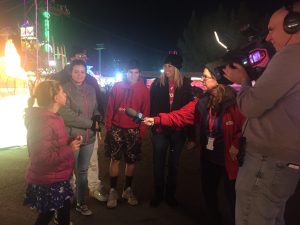I was asked to write an article on interviewing for video because, I’ve been told, I’m pretty good at it. I would blush but it is, I think, one of my strong suits and one of the reasons Tam Communications has so many great testimonial-based videos. So, what’s my secret? Or should I say secrets?
First and foremost, I really enjoy it. I love meeting new people, and also checking in on those I may have interviewed a dozen times so this is the easy part. I’ve interviewed such a wide range of people in so many walks of life and look forward to learning something new in each conversation.
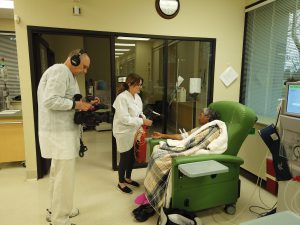
I want my interviewees to forget about the camera. In fact, I start out by telling them that. “Just forget about the camera. We’re just going to have a conversation.” That way I can engage them as my cinematographer and sound recordist sweat the details of the picture and the audio. We start a conversation while the people behind the camera check eye lines and sound levels and meanwhile almost everyone I talk to loses that anxiety of talking on camera.
That requires learning as much as I can about my subjects before we sit down. With this research prepared, I can start my conversation with something out of their background, start them talking about themselves instead of the “messaging” they think I want to hear. This could be questions about their college, their career path, their home town sports team (varying depending on season), or their current job. Be curious and show your genuine interest in what they have to say. LinkedIn is a great resource for this.
As 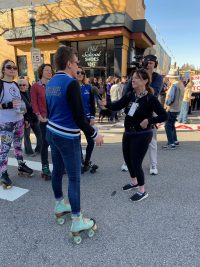 we get closer to the “real” interview, I’ll pose a question that will be a good segue so that when, at some point during our chit chat, my camera person says speed, I can slip into my prepared questions. Now, you might be wondering, do I provide questions in advance? I try to avoid it if possible. The worst thing is for someone to memorize answers or come with a cheat sheet. If I can, I’ll give general areas of discussion but if they insist, I’ll provide questions with the caveat that we’ll go off the prepared list as opportunities arise. And they always do. If their first question upon arrival is, “what are we going to talk about?” I tell them the subject and assure them that they know this stuff.
we get closer to the “real” interview, I’ll pose a question that will be a good segue so that when, at some point during our chit chat, my camera person says speed, I can slip into my prepared questions. Now, you might be wondering, do I provide questions in advance? I try to avoid it if possible. The worst thing is for someone to memorize answers or come with a cheat sheet. If I can, I’ll give general areas of discussion but if they insist, I’ll provide questions with the caveat that we’ll go off the prepared list as opportunities arise. And they always do. If their first question upon arrival is, “what are we going to talk about?” I tell them the subject and assure them that they know this stuff.
Being familiar with your questions is a must. As much as possible, I try to avoid looking down at my list. I really do want it to be a conversation. If I do need to look down or take a quick note to remind myself to come back to something, I do it after they’ve answered the question, not during.
I ask open-ended questions whenever possible. If I’m asking a follow-on question, I’ll quickly search for a way to ask the question in a way that won’t yield a yes or no or a one-word response.
One of the things I don’t do that other interviewers might is to ask the interviewee to answer the question as if the question isn’t heard. It’s part of my style in that I’ve found that a lot of times that takes away from the natural flow of the answer as the person searches for ways to rephrase my question in their answer. Instead, I listen for edit points of when I can jump into and out of the answer and have that complete thought, or take their incomplete thought and marry it with another interview answer that sets up the question.
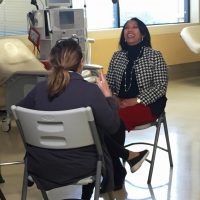 Maintain eye contact throughout just as you would do in any informal conversation. Look into the person’s eyes, don’t get distracted by hand gestures, nod in understanding, smile as appropriate and show empathy for touching moments or sad stories. It’s all in your face, especially your eyes. If something is funny, laugh without being vocal (so that you won’t be heard). It’s not easy but the person can tell that you’re laughing on the inside.
Maintain eye contact throughout just as you would do in any informal conversation. Look into the person’s eyes, don’t get distracted by hand gestures, nod in understanding, smile as appropriate and show empathy for touching moments or sad stories. It’s all in your face, especially your eyes. If something is funny, laugh without being vocal (so that you won’t be heard). It’s not easy but the person can tell that you’re laughing on the inside.
I like to interject personal stories or thoughts into these conversational interviews. It may be something as simple as “I’ve always wondered about that.” “Or wow! I never knew that.” Or it could be a little more in-depth reflection of an experience that will show my understanding of what we’re discussing. Authenticity is key here.
Don’t step on your interviewee. In other words, keep their audio as clean as possible without your injection of words. If they start talking before you’ve finished the question, stop talking immediately. Avoid your habits (and I have them) of saying things like “right” or “I know.” Wait for them to finish before you start your next question.
 Part of active listening is to ask follow-on questions when the opportunities arise. It may be a question about something said early on in the answer so if you need to take a moment to find that question in your memory, take it. Follow-on questions often give you your best answers.
Part of active listening is to ask follow-on questions when the opportunities arise. It may be a question about something said early on in the answer so if you need to take a moment to find that question in your memory, take it. Follow-on questions often give you your best answers.
When you’re done, scan your questions and think back on the answers to see if you missed anything or need more information. You may want to ask a question on your list that was answered as part of another question. Don’t be afraid to say, “I know you already talked about this, but I’d like to ask this again, in a slightly different way.”
If you think you have it all, ask if there’s anything more they’d like to say or if I missed anything. If I have a client in the room, I’ll ask them if I missed anything. If they ask the question, he or she will also prompt the subject to answer to me or I’ll pose the question myself, so we’ll have a consistent eye-line.
Because you’re actively listening, interviewing can be exhausting. You’re thinking about not only this interview but the larger story that you’re telling. 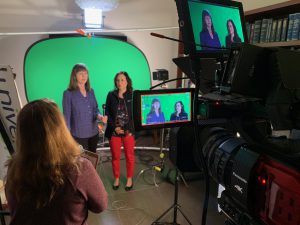 You’re present and engaged with your interviewee. You’re thinking of follow-on questions and looking for edit points in every answer. And you’re showing your genuine interest in the conversation through your facial expressions. I also find that my “Spidey-sense” is engaged in that I’ll hear all the noise around me. Because of this, sometimes, between questions, I’ll ask the person with the headsets on (my cinematographer or sound recordist) did they hear that door close or that truck backing up. They may signal that it would be a good idea to take that question again or at least part of it. It’s better to do it now then to kick yourself in post-production.
You’re present and engaged with your interviewee. You’re thinking of follow-on questions and looking for edit points in every answer. And you’re showing your genuine interest in the conversation through your facial expressions. I also find that my “Spidey-sense” is engaged in that I’ll hear all the noise around me. Because of this, sometimes, between questions, I’ll ask the person with the headsets on (my cinematographer or sound recordist) did they hear that door close or that truck backing up. They may signal that it would be a good idea to take that question again or at least part of it. It’s better to do it now then to kick yourself in post-production.
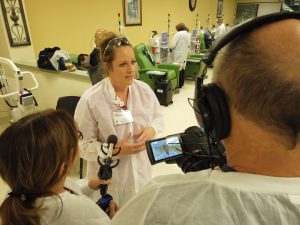
I can’t tell you how many times I’ve seen someone who is nervous before the interview or that I’ve been told is not comfortable on camera really shine. Afterwards when I say, “that’s it!” They’re surprised and tell me “You made it so easy.” I smile and thank them and tell them, “That’s my job.” What I don’t tell them is their comment is part of what I love about what I do.
